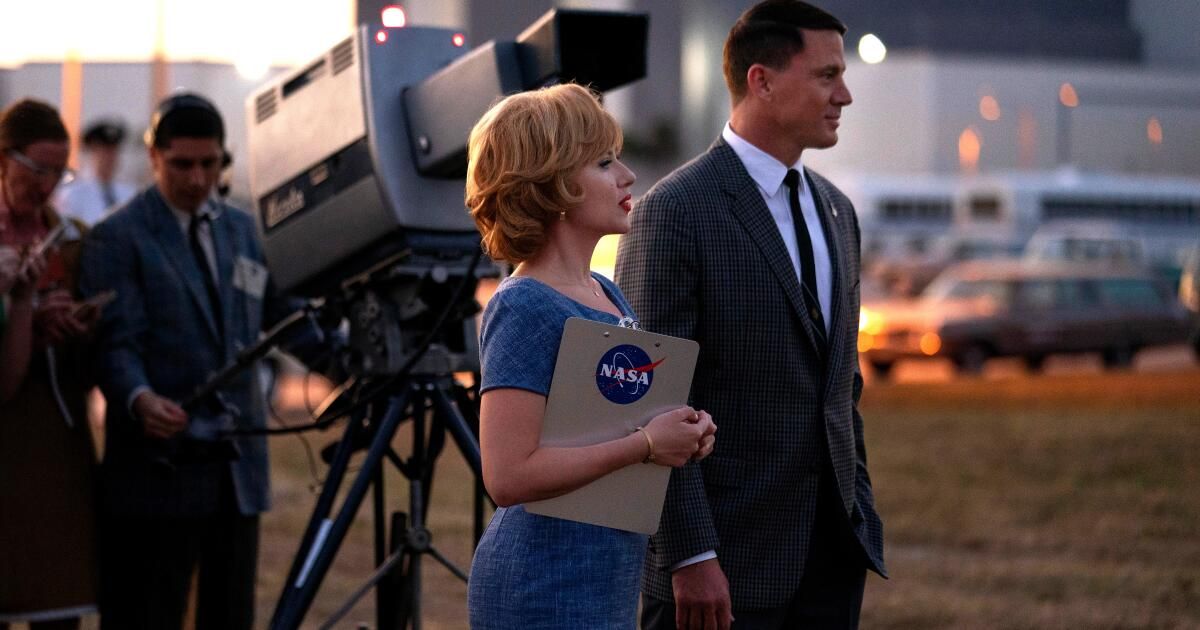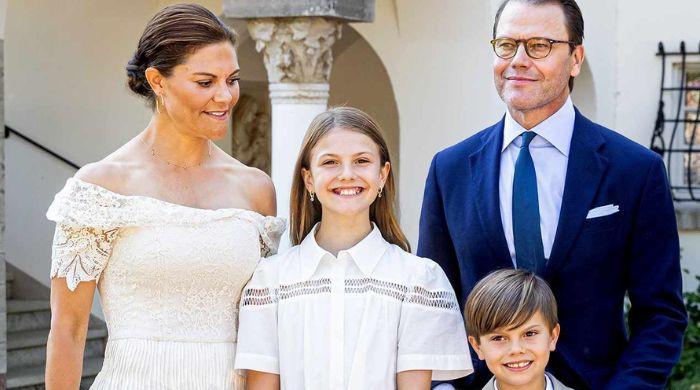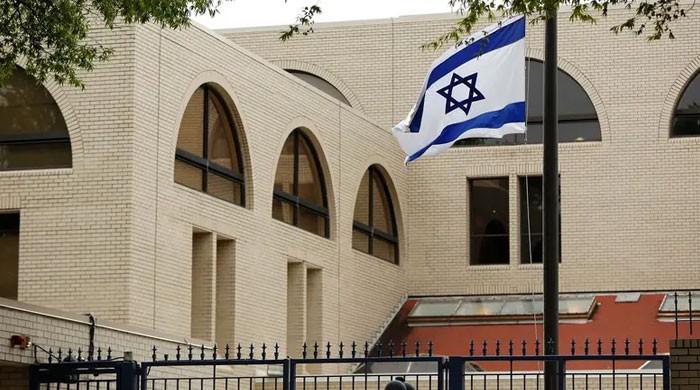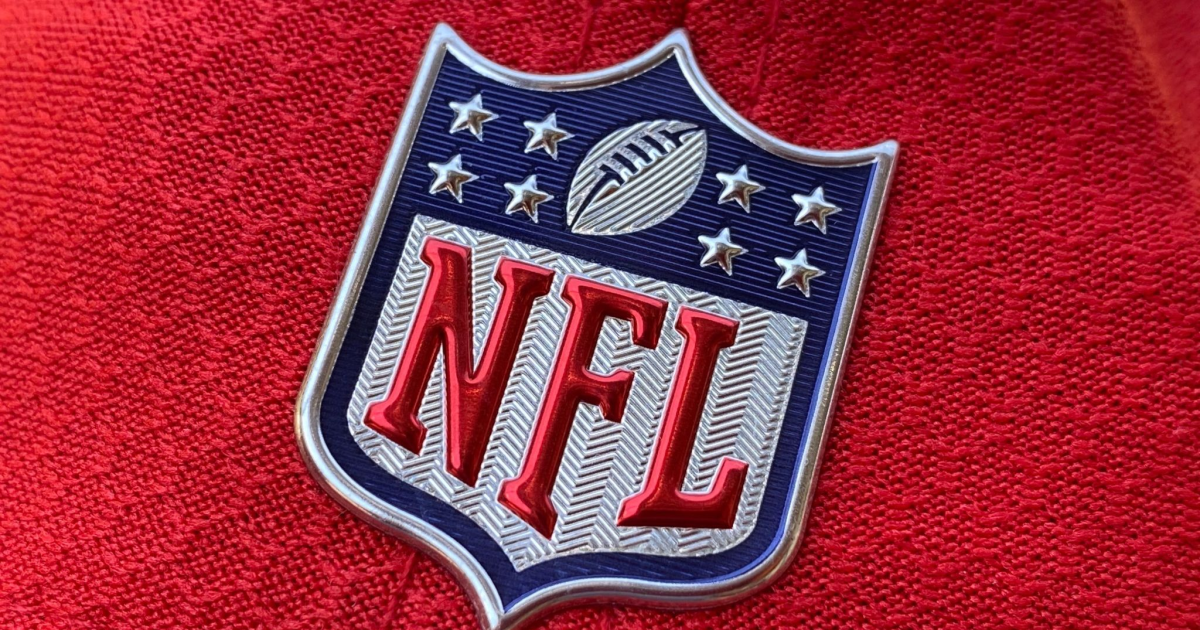It may not have everything it needs, but what “Fly Me to the Moon” lacks in narrative coherence and tonal consistency it makes up for, in part, by simply existing. If that sounds like damnation with faint praise, it is. To be sure, the film, set largely in 1969 during the lead-up to NASA’s Apollo 11 moon landing, should have been a much sharper, more energetic and more propulsive ride.
That said, general audiences may find the film to be an entertaining enough throwback, the kind of glossy, star-driven, big-budget, IP-free movie that has been in short supply on cinema screens for far too long. And the possibility of sparks flying between stars Scarlett Johansson and Channing Tatum certainly has a heartwarming appeal.
The result, however, directed by Greg Berlanti (“Love, Simon”) from a script by Rose Gilroy (writing her first feature, from a story by Keenan Flynn and Bill Kirstein), is a wistful, wannabe-madcap rom-com that sadly lacks both the “romance” and the “comedy” aspects of it. As the movie progresses, the plot becomes as distracting as my Labrador dog watching squirrels.
Johansson, also a producer, shines as Kelly Jones, a New York marketing dynamo with a penchant for stretching the truth if it means closing a deal. What she doesn't know is that she's being pursued by Moe Berkus (Woody Harrelson), a shadowy agent working for then-President Richard Nixon, who hires Kelly to help sell the impending moonshot to a restless, cynical American public. This is, after all, the tense era of the Vietnam War, which has already divided a nation and an electorate.
Scarlett Johansson in the movie “Fly Me to the Moon”.
(Dan McFadden / Apple TV+)
Kelly travels to Florida to take up residence with his faithful, Nixon-despising assistant Ruby (a winning Anna Garcia) at the Kennedy Space Center (the film was shot there with NASA's full cooperation). Before long, Kelly is making the rounds (and the stories) as he begins to put together a promotional campaign that will do whatever it takes to indelibly elevate the image of the Apollo 11 operation and its astronauts in the minds of Americans and the world.
Then there's Cole Davis (Tatum), NASA's launch director, a loyal, no-frills man. He's a former Air Force pilot (and rejected astronaut) haunted by the terrible, fatal failure of the Apollo 1 mission less than two years earlier. After blowing up in a tense encounter with Kelly at a local diner, he's angered to discover that she's now a fixture at Cape Kennedy, and making some of the decisions that once fell to him.
The inevitable exchange of tense and touching banter between the super-serious (and frankly boring) Cole and the vivacious and almost magical Kelly never quite takes off, nor, surprisingly, does the chemistry between the two leads. Cole is so uptight and overly hostile toward Kelly at first that, when they start seeing each other more closely (and, yes, mouth to mouth), one wonders what exactly it is about Kelly that attracts him, except that he looks attractive in his colorful turtleneck sweaters.
The script tries to include enough backstory to explain, if not justify, Cole's frivolity, but that doesn't make him any more engaging. Whether it's the script or the direction, even when his character relaxes, Tatum still comes off as a bit wooden.
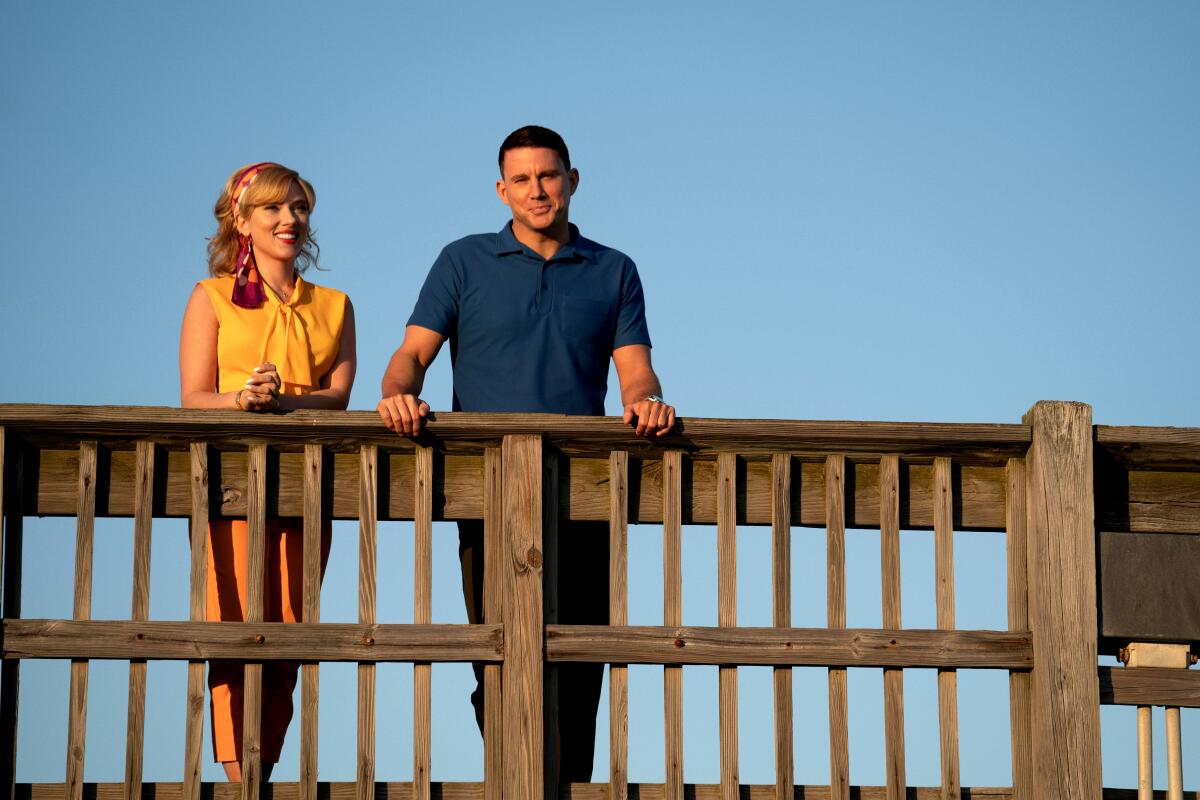
Scarlett Johansson and Channing Tatum in the film “Fly Me to the Moon”.
(Dan McFadden / Apple TV+)
The budding romance between Kelly and Cole (and the film’s limited comedy) soon takes a backseat to the surprise of the story’s second act. That’s when Moe orders a reluctant Kelly to stage and film a mock moon landing in a studio that can be broadcast to the world in order to save America’s face (particularly against the space race’s main competitor, the Soviet Union) should the mission fail. (The visual part would be a simulation, but the audio cue would still be real.) Oh, and everyone involved in creating this “alternate version,” aka Project Artemis, must be sworn to eternal secrecy. That means no one outside of this covertly filmed production — including Cole and the entire NASA team — can know the truth.
There are too many holes in this big-twist plot development to parse; it's best to just go with the flow. It's a disruptive but intriguing (and, let's be clear, entirely fictional) transition that plays into the long-standing conspiracy theory that the moon landing was faked.
Unfortunately, this tendency pushes things into light action-thriller territory, complicating the story, forcing a predictable breakup between the truth-flexible Kelly and the Boy Scout-honest Cole, and stretching the film's running time too thin.
From a technical standpoint, the film is highly engaging, combining memorable clips of footage from the Apollo 11 mission and its media coverage with vibrant cinematography by Dariusz Wolski, who also plays the fake moon landing's expert cameraman. Kudos also go to the film's editor Harry Jierjian, production designer Shane Valentino, costume designer Mary Zophres, and the film's editing and sound design team for their first-class contributions.
As for the rest of the film's great cast, Harrelson is hilarious, stealing his share of scenes as the sneaky Moe who tries to manipulate history through Kelly, who has a few skeletons in her closet. Ray Romano is his welcome, down-and-out self as a veteran NASA engineer, Donald Elise Watkins and Noah Robbins are charming as a pair of eager young technicians, and Colin Jost (Johansson's husband) and Victor Garber show up in nice cameos as pivotal U.S. senators. A nimble black cat also has a major role.
It must be said, though, that Jim Rash takes the image of gay men back at least to 1969 in his role as Lance Vespertine, the commercial director hired to direct the filming of the Moon landing sequence, a fussy, limp-wristed, Tab-drinking guy. His now-old portrayal is a perplexing misstep. Comic relief? Sorry, no.
Also odd is the omission of Frank Sinatra’s iconic 1960s hit “Fly Me to the Moon,” which includes other decade-appropriate songs like Aretha Franklin’s version of “Moon River” and the Bee Gees’ “To Love Somebody.” Yes, “Fly Me” is heard in a few other incarnations, but given that Ol’ Blue Eyes’ version played when Buzz Aldrin stepped onto the surface of the moon, its inclusion here would seem like a guaranteed smile in a movie that contains most of the elements of a mainstream hit, but not the right formula. Maybe they are rocket science after all.
'Take me to the moon'
Qualification: PG-13, for strong language and smoking.
Execution time: 2 hours, 12 minutes
Playing: Wide release on Friday, July 12

